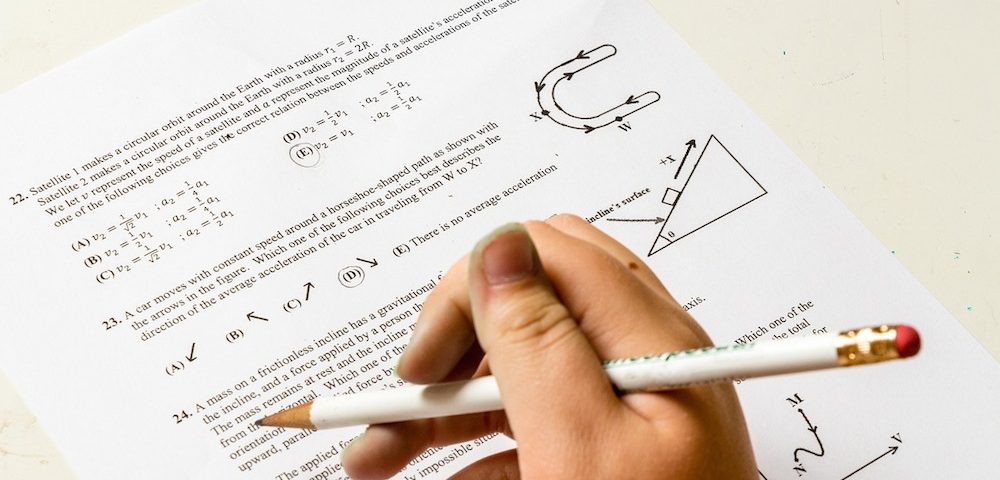Top Geometry Concepts to Master in High School

7 Literary Devices That Sharpen Your Storytelling
July 10, 2025
What Can You Do with a Degree in Communication Studies?
August 1, 2025Top Geometry Concepts to Master in High School
Geometry isn’t just about shapes and angles—it’s about logic, spatial understanding, and problem-solving. Whether you’re prepping for the SAT or trying to ace your high school exams, mastering the right geometry concepts can make or break your performance.
Here’s a breakdown of the top geometry topics every high school student needs to know cold—no fluff, just the essentials.
1) Lines, Angles, and Their Relationships
This is the foundation. You must understand:
- Complementary and supplementary angles
- Vertical angles
- Linear pairs
- Transversals and parallel lines
- Angle relationships formed by intersecting lines
These pop up in proofs, diagrams, and standardized tests. Don’t skip them.
2) Triangles and Triangle Theorems
Triangles are everywhere in geometry.
- Triangle Sum Theorem (angles add up to 180°)
- Isosceles and equilateral triangle properties
- Exterior Angle Theorem
- Pythagorean Theorem
- Triangle inequality theorem
- Congruence (SSS, SAS, ASA, AAS, HL)
- Similar triangles and proportionality
If you can’t tell when triangles are congruent or similar, you’ll get lost fast.
3) Quadrilaterals and Polygons
You should be able to identify and analyze:
- Parallelograms, rectangles, rhombi, squares, trapezoids
- Interior and exterior angle sums
- Properties of diagonals and sides
- Conditions for congruence and similarity
Memorize key properties. Diagrams aren’t always drawn to scale—know the rules.
4) Circles and Arcs
Circles are test goldmines.
- Radius, diameter, and circumference
- Central and inscribed angles
- Arc length and sector area
- Chords, tangents, and secants
- Angle measures formed by intersecting lines in circles
You’ll need formulas and logic here—no shortcuts.5
5) Coordinate Geometry
Where algebra and geometry collide:
- Midpoint and distance formulas
- Slope (parallel and perpendicular lines)
- Equation of a circle
- Using coordinates to prove congruence, distance, and slope relationships
If you’re taking the SAT, this is a high-yield area.
6) Transformations
Know how shapes move and change:
- Translations, reflections, rotations, and dilations
- Symmetry and line of reflection
- Compositions of transformations
- Congruence and similarity via transformations
These often show up visually—be able to sketch and calculate.
7) Area and Perimeter
You must memorize and use:
- Area and perimeter of triangles, quadrilaterals, circles, and composite shapes
- Surface area and volume of 3D figures (cylinders, cones, spheres, prisms, pyramids)
- Decomposing complex figures
This section rewards precision. Sloppy calculations will cost you points.
8) Proofs and Logic
This is where students either get it—or zone out:
- Two-column proofs
- Paragraph proofs
- Deductive reasoning and logical sequences
- Contrapositive, converse, inverse
It’s not about memorizing—it’s about learning to think geometrically.
Final Word
Geometry rewards sharp thinkers and penalizes guesswork. If you understand these core concepts, you’ll not only succeed in your geometry class—you’ll build a critical skill set that applies to physics, engineering, architecture, and beyond.
Want help mastering these topics? Reach out to a tutor or test prep expert who can break it down step-by-step.


